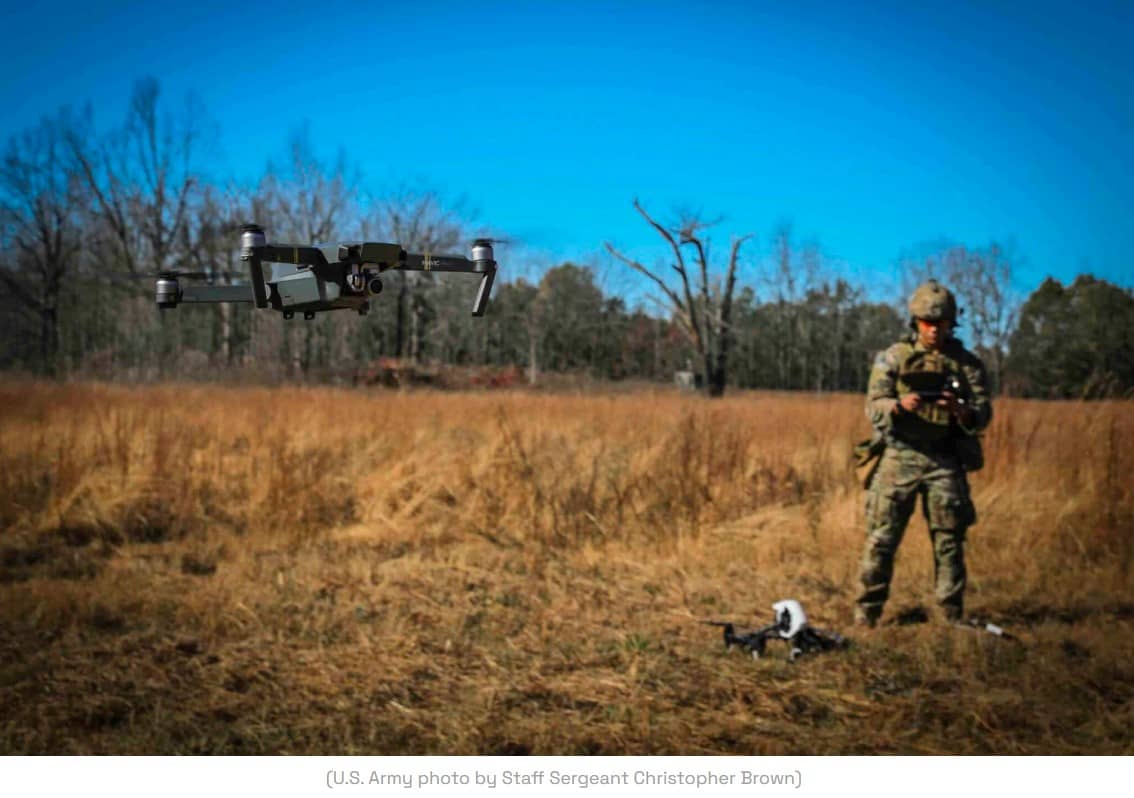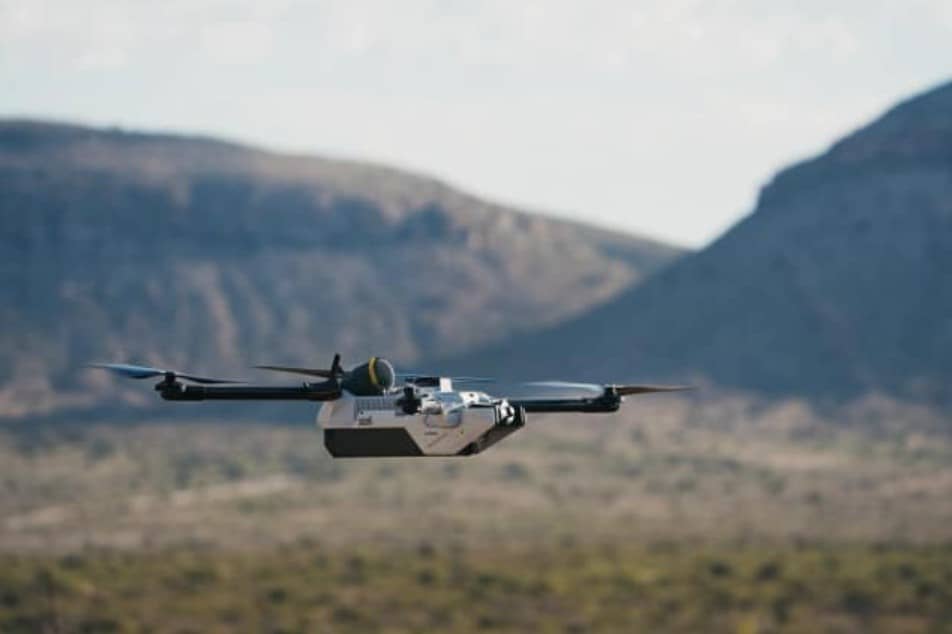The Pentagon is ramping up efforts to acquire low-cost, disposable drones, focusing on mass production and counter-drone defenses, according to a new initiative announced by the Defense Innovation Unit (DIU). Under the second phase of its “Replicator” program, dubbed Replicator 2, the Pentagon seeks to procure inexpensive, one-way unmanned aerial systems (UAS) that can perform battlefield tasks autonomously and in challenging conditions, including GPS-denied environments.
A solicitation issued by DIU this week outlines the need for drones capable of flying 50 to 300 kilometers to support military operations. These drones will primarily focus on defending military installations and concentrated forces, according to a memo from Defense Secretary Lloyd Austin dated Sept. 27. The Pentagon intends to request funding for the program in the fiscal 2026 budget, with deliveries expected within 24 months of approval.
“Recent conflicts have shown the asymmetric impact of low-cost, one-way unmanned systems,” DIU stated in its solicitation notice. “The Department of Defense must be able to employ low-cost precision effects at extended ranges.”
Replicator 2 builds on the first phase of the Pentagon’s Replicator initiative, which began in 2023 to quickly field thousands of autonomous drones. While Replicator 1 focused on developing cost-effective loitering munitions, Replicator 2 targets counter-drone capabilities to defend U.S. forces against similar threats. The program will be managed by Deputy Defense Secretary Kathleen Hicks and Vice Chairman of the Joint Chiefs of Staff Adm. Christopher Grady, working with service branches to field and produce the systems.
DIU’s solicitation emphasizes the need for modular, adaptable UAS platforms that can integrate new hardware or software quickly, supporting long-range, low-altitude operations in contested environments. The systems should be capable of completing missions with minimal operator control, though multiple communication pathways are preferred. The selected systems will go into development immediately following the flight demonstration phase.
The use of cheap, disposable drones has surged in recent conflicts. In Ukraine, both sides have deployed loitering munitions to devastating effect, while in the Middle East, U.S. forces regularly contend with drone attacks. Iran-backed Houthi forces have targeted U.S. ships and commercial vessels in the Red Sea using drones, uncrewed surface vessels, and missiles. Such threats have prompted the Pentagon to prioritize the development of cost-effective countermeasures.



